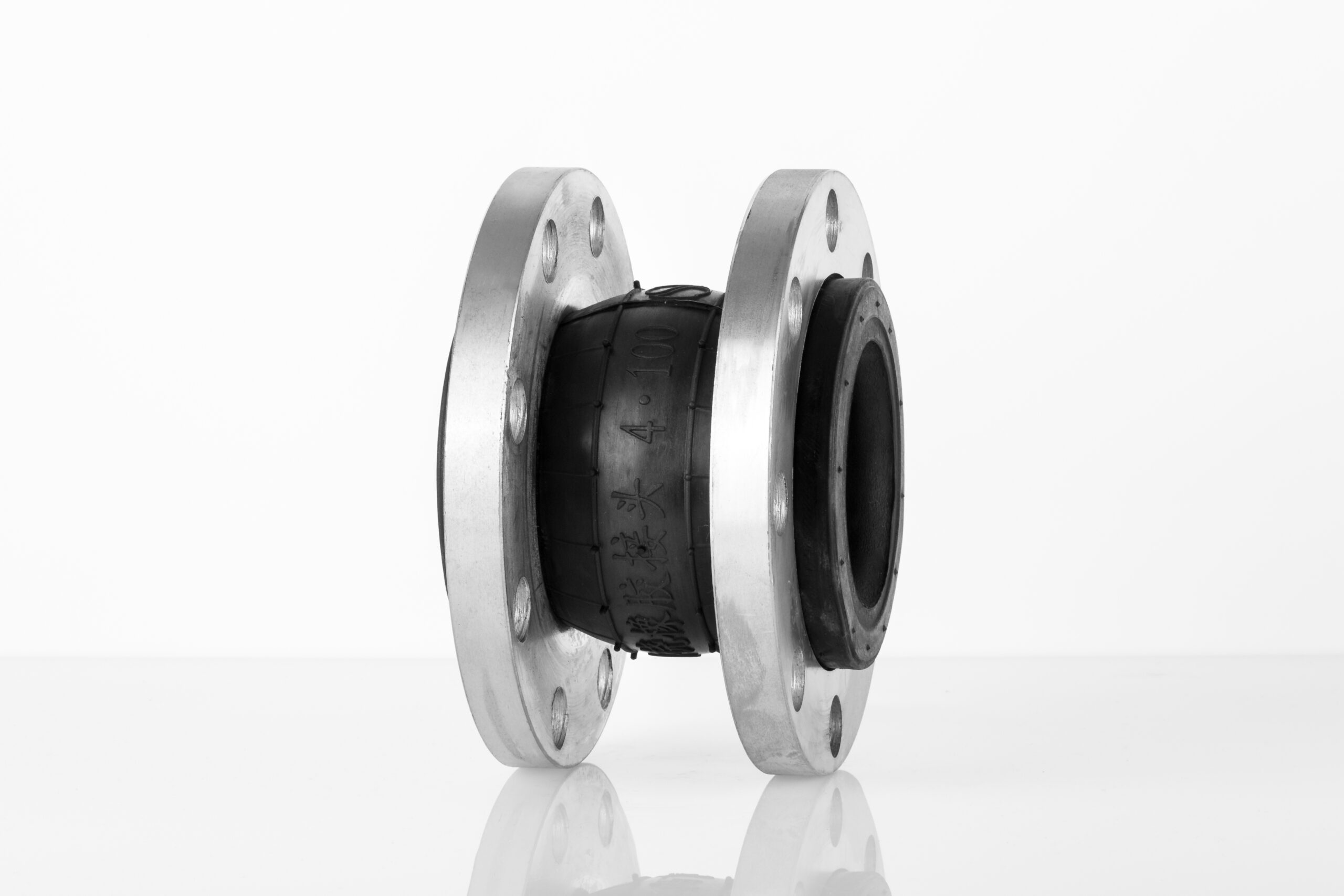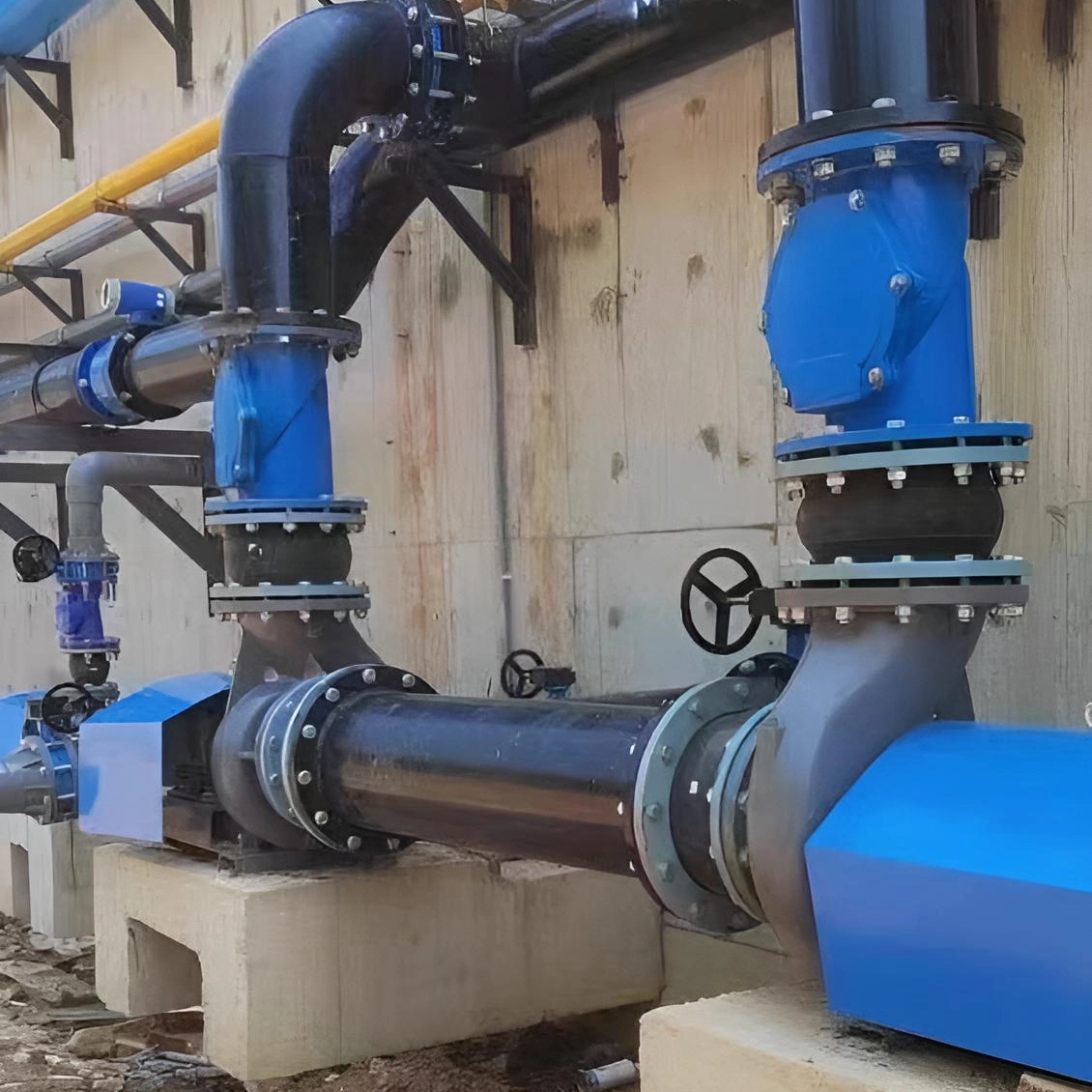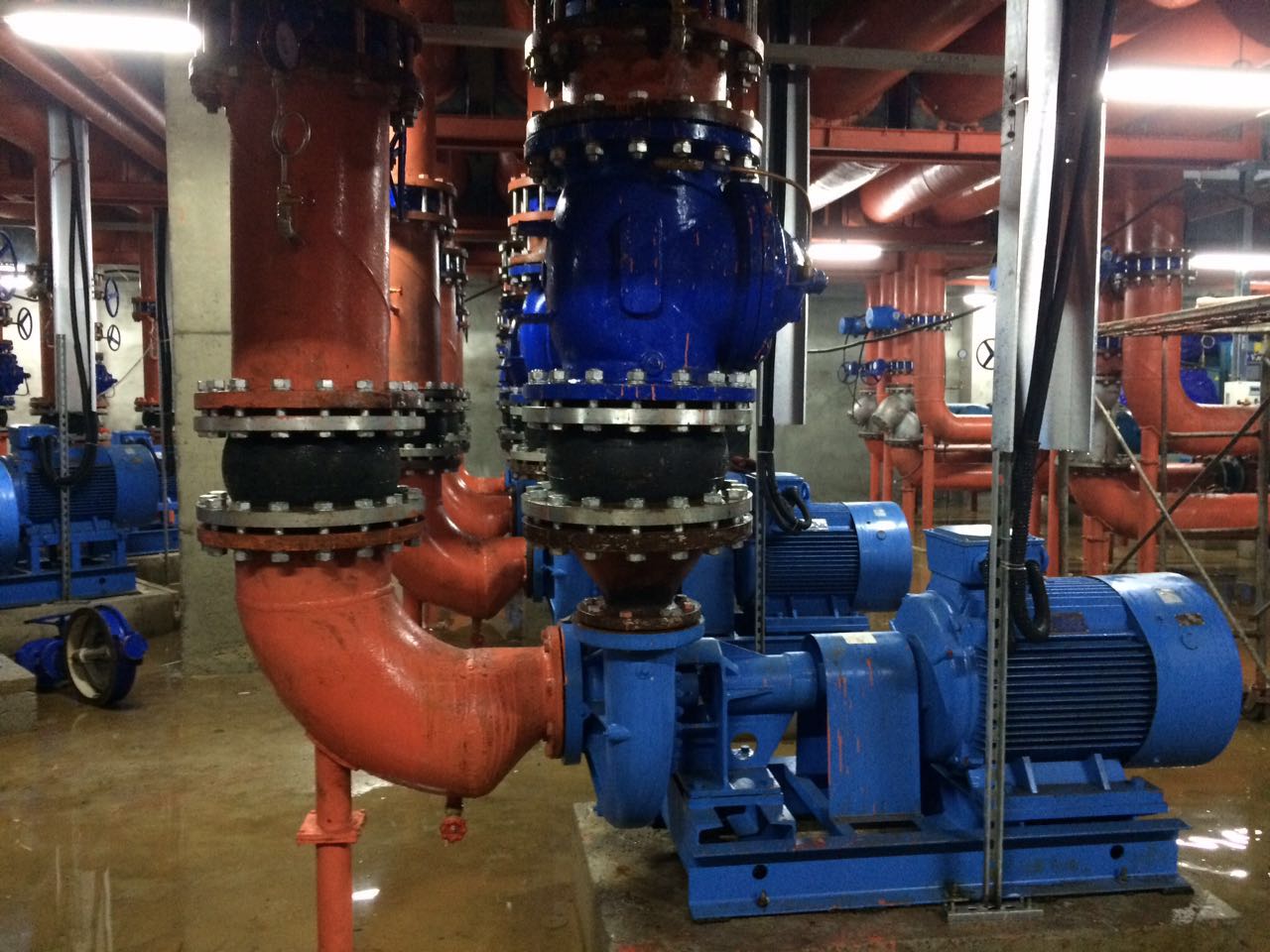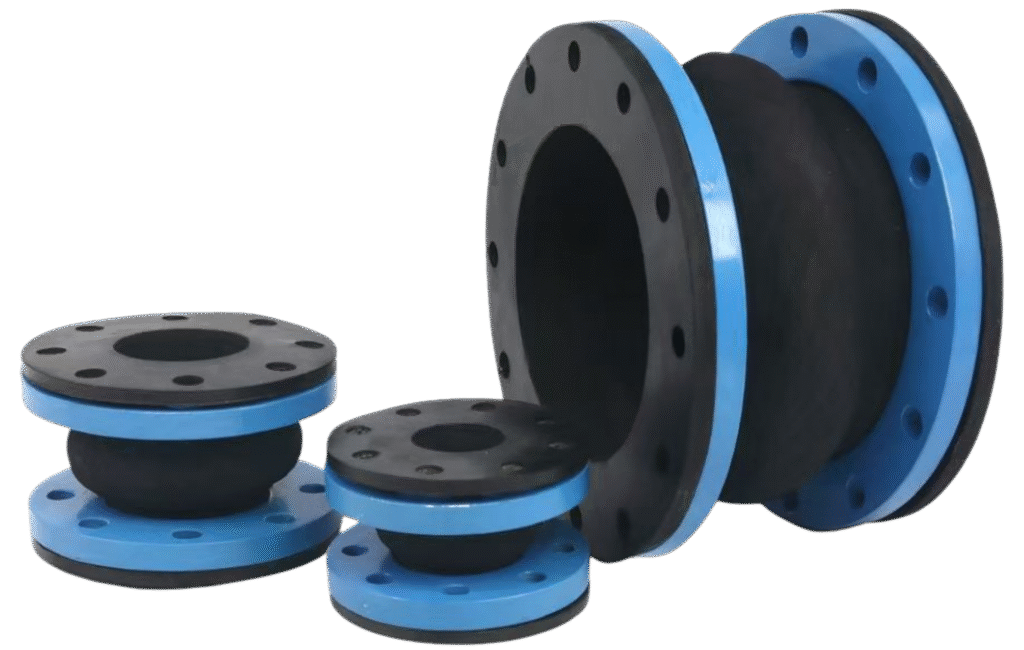Why are rubber expansion joints important in building construction?
In modern building construction, rubber expansion joints play an irreplaceable role. They are not just connectors—they act as critical “shock absorbers” that protect piping systems and structural elements. Building pipelines often experience axial or lateral movement due to thermal expansion, vibration from equipment, foundation shifts, wind load, or even minor earthquakes. Without flexible connectors, rigid pipelines are prone to cracking, joint loosening, or leakage, leading to high maintenance costs and safety risks. Rubber expansion joints effectively absorb these stresses and displacements, maintain system sealing, and isolate noise and vibration from equipment. They significantly improve safety and comfort in the building. Especially in high-rise buildings, commercial complexes, hospitals, and schools, rubber joints have become a standard and essential component.
Snippet Summary: Rubber expansion joints absorb movement, reduce vibration, and protect pipes from stress—crucial for safety, durability, and comfort in building construction.



What rubber materials are commonly used for construction applications, and how should you choose?
Common rubber materials include EPDM, NBR, and Neoprene. EPDM is resistant to heat, ozone, and UV—ideal for hot water and outdoor systems. NBR is oil-resistant, suitable for fuel or oil-carrying pipelines. Neoprene offers balanced weather and flame resistance. The choice depends on the medium, temperature, and environment of the application. Selecting the right rubber material ensures durability and safety.
Snippet Summary: EPDM, NBR, and Neoprene are the most used rubbers in construction—each selected based on specific system requirements.
What key roles do rubber expansion joints play in civil engineering projects?
In civil infrastructure like municipal pipelines, bridges, and tunnels, pipelines often pass through settlement joints, expansion joints, and sensitive zones. Rubber expansion joints allow flexible connections and movement compensation in these areas. They prevent pipeline damage caused by differential settlement, traffic loads, or ground vibration. Additionally, they resist environmental stresses such as water pressure, vibration, and wind, ensuring long-term stability and reduced maintenance of civil projects.
Snippet Summary: Rubber joints in civil projects handle ground movement and heavy load stress, protecting pipeline integrity in large infrastructure.
Are rubber expansion joints suitable for water supply and drainage systems in buildings?
Absolutely. In building water supply and drainage systems, pump startups, water hammer, and pressure fluctuations cause vibration and noise. Rubber expansion joints absorb these impacts, reduce noise, and correct misalignments. This ensures smooth operation and leak-free connections in complex water systems found in large buildings such as residential complexes, hotels, and hospitals.
Snippet Summary: In plumbing systems, rubber joints absorb vibration and misalignment, protecting connections and ensuring system reliability.
How do rubber expansion joints protect piping in concrete structures?
Concrete is strong and rigid but lacks flexibility. When movement occurs in slabs, walls, or foundations, attached pipelines bear the brunt of the stress. Rubber expansion joints serve as flexible buffers between piping and concrete, preventing stress concentrations and cracking. They are especially effective in high-rise buildings, basements, and utility corridors, where movement can cause significant issues if not absorbed properly.
Snippet Summary: Rubber joints protect pipe connections in concrete structures by absorbing stress from movement and preventing cracks or leaks.
What advantages do rubber expansion joints offer in HVAC systems?
Rubber expansion joints are widely used in HVAC (Heating, Ventilation, and Air Conditioning) systems at pump inlets/outlets, chillers, and cooling towers. They significantly reduce equipment vibration and noise transmission while compensating for thermal movement. These joints relieve stress on piping and equipment, extend service life, and support energy-efficient, quiet building environments—an essential component in sustainable HVAC design.
Snippet Summary: Rubber joints isolate vibration and absorb expansion in HVAC systems, improving comfort and protecting equipment.
Can rubber expansion joints be used in seismic-resistant building designs?
Yes, they are ideal for seismic applications. In earthquake-resistant building design, flexibility is key. Rubber expansion joints provide that flexibility by absorbing seismic movements and protecting pipes and joints from rupture. They are commonly used in essential piping systems such as water, gas, and fire lines in earthquake-prone areas, ensuring continuity of function after seismic events.
Snippet Summary: Rubber joints offer excellent seismic flexibility, protecting building piping systems during and after earthquakes.
How should rubber expansion joints be properly installed in construction projects?
Proper installation requires axial alignment of pipes and uniform tightening of flange bolts to manufacturer torque specs. The joint must not be overstretched, compressed, or twisted. Pipe supports must carry the system load—not the joint. In high-pressure or seismic areas, limit rods or anchors may be necessary. Correct installation guarantees joint performance, longevity, and leak prevention in the building system.
Snippet Summary: Proper alignment, torque, and support are key to ensuring long-term, leak-free performance of rubber joints in buildings.


